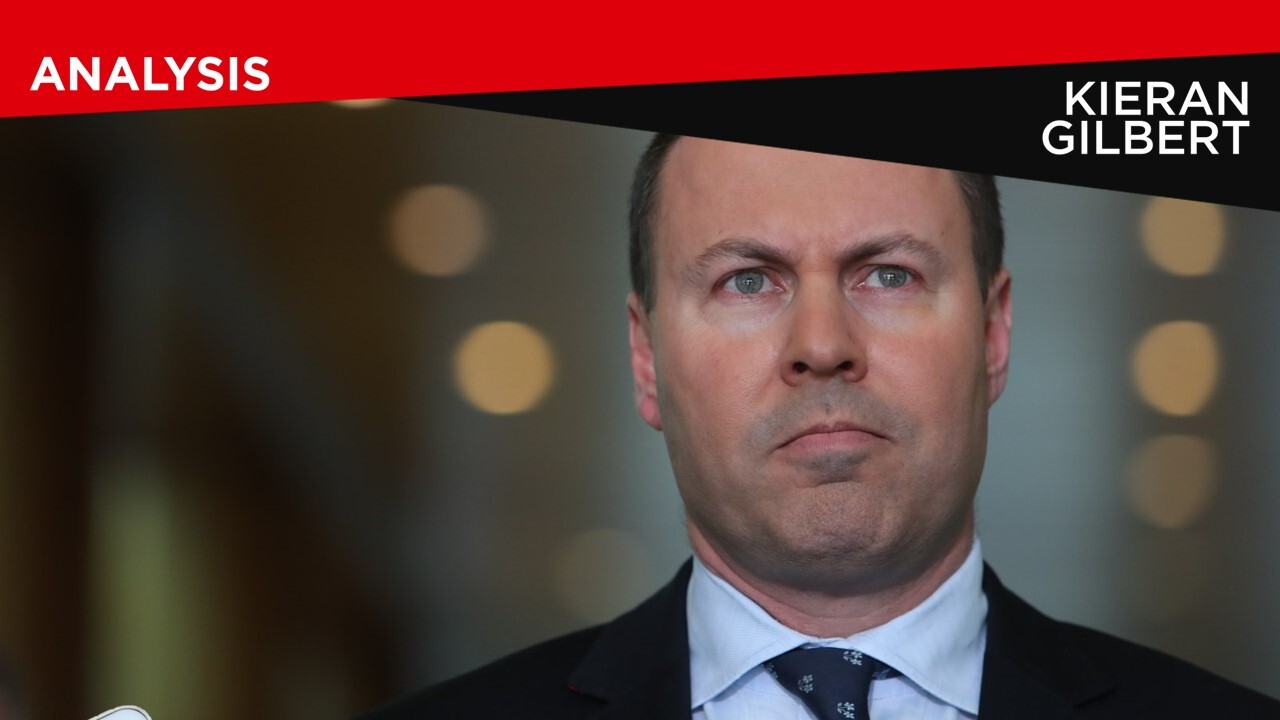Labor says negative gearing seat-by-seat electorate analysis a ‘scare campaign’
NEW analysis has revealed where the 1.3 million Australians use the tax break live — but it’s been dismissed as a “scare campaign”.

SHADOW treasurer Chris Bowen has hit back at the Government over the release of seat-by-seat tax data showing some of the highest concentrations of people with negatively geared investment properties live in Labor-held electorates.
The analysis, published in The Daily Telegraph and The Australian on Wednesday, showed that in the 2015-16 financial year there were 1.3 million Australians who took advantage of the tax break, with 640,000 living in Coalition seats and 570,000 in Labor seats.
The Government says Labor’s plan to restrict negative gearing if it wins the next federal election would accelerate declines in the property market. Treasurer Josh Frydenberg said the data showed Labor was “smashing its own”.
“Labor’s plan to abolish negative gearing as we know it is a lose-lose policy. If you own your own home it will be worth less, and if you rent your home it will cost you more,” he told The Australian.
“Labor’s property tax will not only punish around 1.3 million Australians who negative gear, but every Australian with equity in their home. Bill Shorten has to listen to the warnings, admit he got this one wrong and ditch his disastrous big new property tax.”
In a statement, Mr Bowen dismissed the “scare campaign”, saying the analysis ignored the fact that people currently making use of the tax break would be “grandfathered” under Labor’s reforms.
“Using this electorate data is nothing more than a hollow attempt to suggest these people will lose access to current tax concessions for those properties under Labor. This is a just a bald-faced lie,” he said.
“What Scott Morrison and Josh Frydenberg need to take ownership of is that the weaker housing market experienced in Sydney and Melbourne over the last year or so has occurred at their urging with all of the economic impacts that flow from this.”
Mr Bowen said “conveniently hidden” from the analysis was the fact that “the fastest growing cohorts of negative gearers are those with three, four, five and six properties”, and that from 2014-15 to 2015-16 the number of investors with six or more properties grew eight times faster than investors with just one property.
“This data is a reminder of the need for housing affordability reforms that level the playing field between first homebuyers trying to enter the market and investors with multiple properties,” he said.
Meanwhile, the left-wing Australia Institute think tank said the data actually proved that older, wealthier investors were the main beneficiaries of negative gearing.
“The analysis released today by the government confuses the number of people who negatively gear with the size of the benefit,” Australia Institute senior economist Matt Grudnoff said in a statement.
“Younger Australians are the big losers from negative gearing. It’s a double hit for the young with many being priced out of home ownership in part because of the very tax concessions they are mostly missing out on.”
Economists and experts are split on the potential impact of Labor’s $32 billion plan.
Labor has pointed to comments from HSBC chief economist Paul Bloxham, who said last month that “investor interest is already cooling” and “if there was a time to make things change, it would be when this activity is already cooling”.
The Coalition, meanwhile, highlights economic modelling by the Master Builders Association suggesting it would lead to a loss of jobs and fewer homes built. It also points to predictions by RiskWise and Citi that the change would accelerate house price falls.




